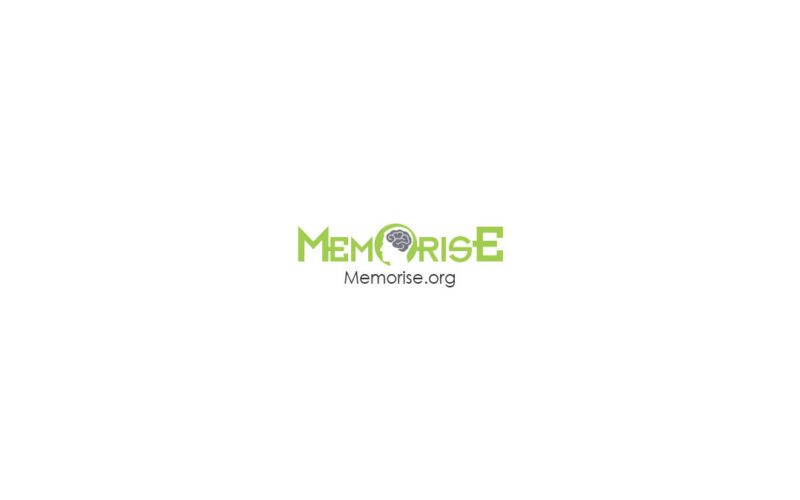For generations scientists, philosophers and wise men have pondered the human condition — what makes one individual different from another; what causes certain behavior; why do different people within the same family have a wide array of personalities; what causes some men/women to achieve greatness while others, who may have the same brain capacity or potential, miss their mark?
Neuroscience has now come up with the mechanical explanation as to how our individual ‘Personhood’ is created by brain plasticity in each of our lifetimes. For the first time in our history, there is scientific evidence that we become the people we are due to an evolution process within our brains that continues to evolve throughout our lifetime.
This process is known to science as brain plasticity, or neuroplasticity. It is the ability of our brain to reorganize our neural pathways to accommodate each new experience we live through. As we continue to learn new skills and information, through experience or education, there is an ongoing change that takes place in our brains to learn, memorize and file away this information for use at another time.
To illustrate what happens within our brains as information is being processed — take a coin and make an impression of the coin in clay. Changes must occur in the clay for the impression to be made. A similar change takes place within our brain during plasticity as the brain reorganizes in response to the stimulation or experience.
Many types of brain cells are involved in neuroplasticity, including neurons, glia and vascular cells. At different times during our life different cells are dominate, while at others they are less prevalent.
Neuroplasticity occurs under two primary conditions:
- When the brain begins to develop, and immature brain cells begin to process sensory information on through adulthood. (Developmental plasticity, and plasticity of learning and memory).
- In order to compensate or adapt to a lost function, or to reroute functions in case of a brain injury.
There are environmental issues that take a role in plasticity. We are shaped by the characteristics of the people around us and the environment we live in just as much as by what we experience first-hand.
Throughout our lifetime the plasticity take in the information, using old connections and making new ones. It also undergoes a “pruning,” where information that is not necessary to retain, or where the connections are faulty, will be rerouted or eliminated. This process is called “synaptic pruning.” This eliminates the weaker connections and strengthens the newer and stronger ones. Experience determines which connections will be strengthened and which will be pruned; active connections will remain while those have no longer receive or give signals die out (through a process called apoptosis). This is much like a gardener pruning his trees and bushes to strengthen the larger and stronger branches.
Through brain plasticity we have learned the brain never stops working and changing. Through all these changes our behaviors, thoughts, memories and feelings are ever-changing as well. We are who we are due to the evolution of our brain cells through plasticity.

Sources:
Brain Connection — The brain plasticity revolution: http://brainconnection.positscience.com/offsite/?offsite_url=http://merzenich.positscience.com/
Washington University — Brain Plasticity, What Is It? http://faculty.washington.edu/chudler/plast.html


